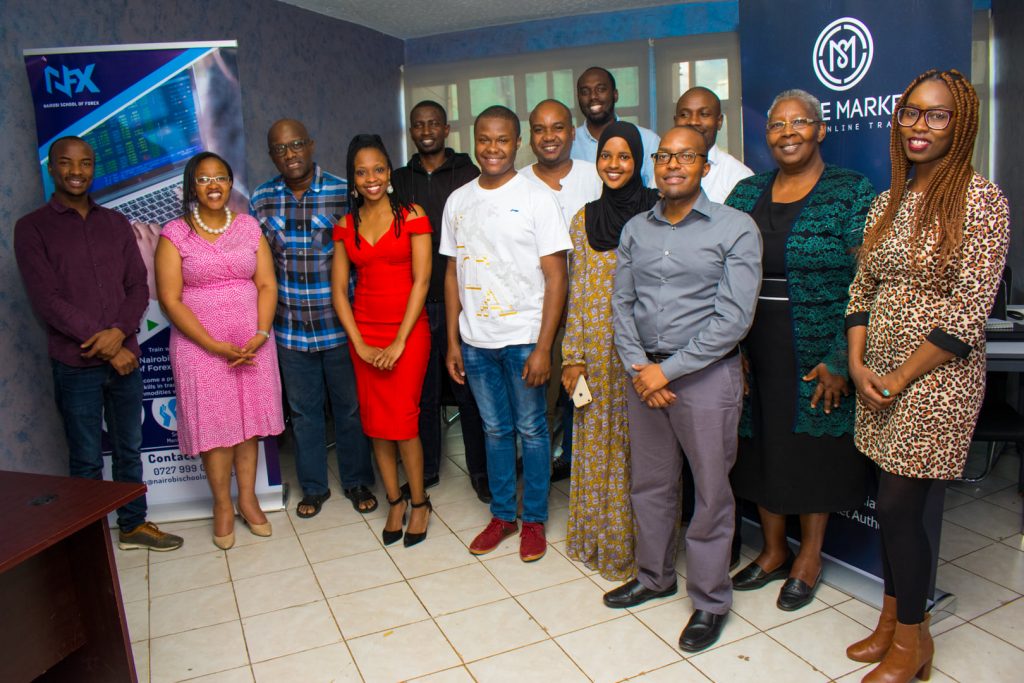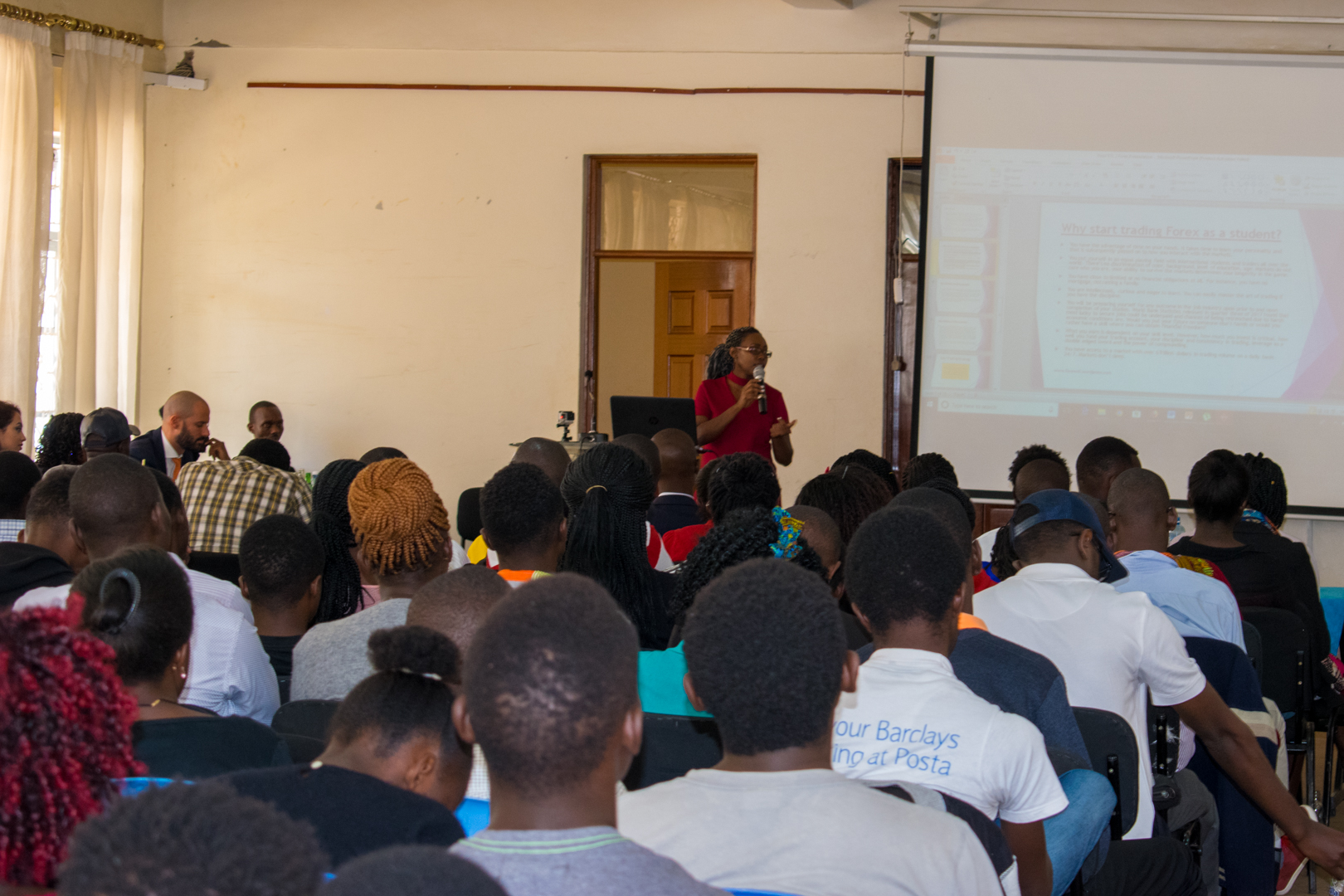
One of the hardest obstacles for people new into trading in the financial markets is in strategy development. Most people struggle for years trying to find the “perfect strategy” that can guarantee them consistent profits into the future. The harsh reality is that there is no perfect system, and what may work for some may not work for others.

A trading strategy is a set of decision making rules that a trader follows in order to justify executing, managing, and closing orders in an account. These sets of decision making rules are what provide logical interpretation of market data and ensure a disciplined and less emotional approach towards trading. A trading strategy is the process or methodology behind achieving trading objectives. By virtue of this, it then means that a trading strategy must have the capability of achieving the laid out objectives, and this is where the main obstacle lies for most traders
In order to formulate a strategy, a trader would first begin an idea based upon pattern recognition. Trading is both an art and a science in which we try to predict and profit from future price movements in the market. Predicting future price moves requires having an understanding of the market factors and phenomena that influence price. These phenomena when studied over a period of time can give insight into repetitive patterns that can be exploited for profit.

The journey of a strategy begins as an idea, an idea that would need to be tested further to find out whether it is capable of predicting future price movement in manner that is consistent enough to generate a positive return on investment. Our would-be strategy would encompass a few major elements such as the market instrument we would like to trade, the time-frame we would observe price movements, our entry criteria for both long and short positions, our risk tolerance per transaction, and our exit criteria for each trade. Structuring our ideas in this manner would make it easier to test out each element in our trading idea to find out which areas we would need to make changes to.
SIMULATED TRADING

The fastest procedure to verifying the accuracy of the logic behind a trading idea, is through back-testing. This is also known as simulated trading. In simulated trading we play back historical price movements in real-time, and then test out the decision making rules or logic behind our trading strategy, to see how it would have performed in the past. This past performance will give us a basis to formulate a probability model for the strategy’s future performance. We tend to look at past performance – not as a guarantee of future performance – but as a guide. If the logic behind our strategy can work well in the past, then it can have a good probability of working well in the future.

Simulated trading has been shown to reduce the time taken to prove the logic in a strategy, and also give insight to possible modifications all within a short period of time, as compared to the traditional way of testing out strategies which is through forward testing methods such as demo trading and live trading. Forward-testing serves the purpose of confirming that the back-tested logic can work in current market conditions
Through simulated trading, a trader can test out their ideas in the past market conditions and make modifications to the logic to improve on returns. However, one must be careful not to over modify / over optimize the logic to such an extent that it no longer makes any sense in the current market conditions. Through back testing, simple ideas can be born into effective trading strategies.



























